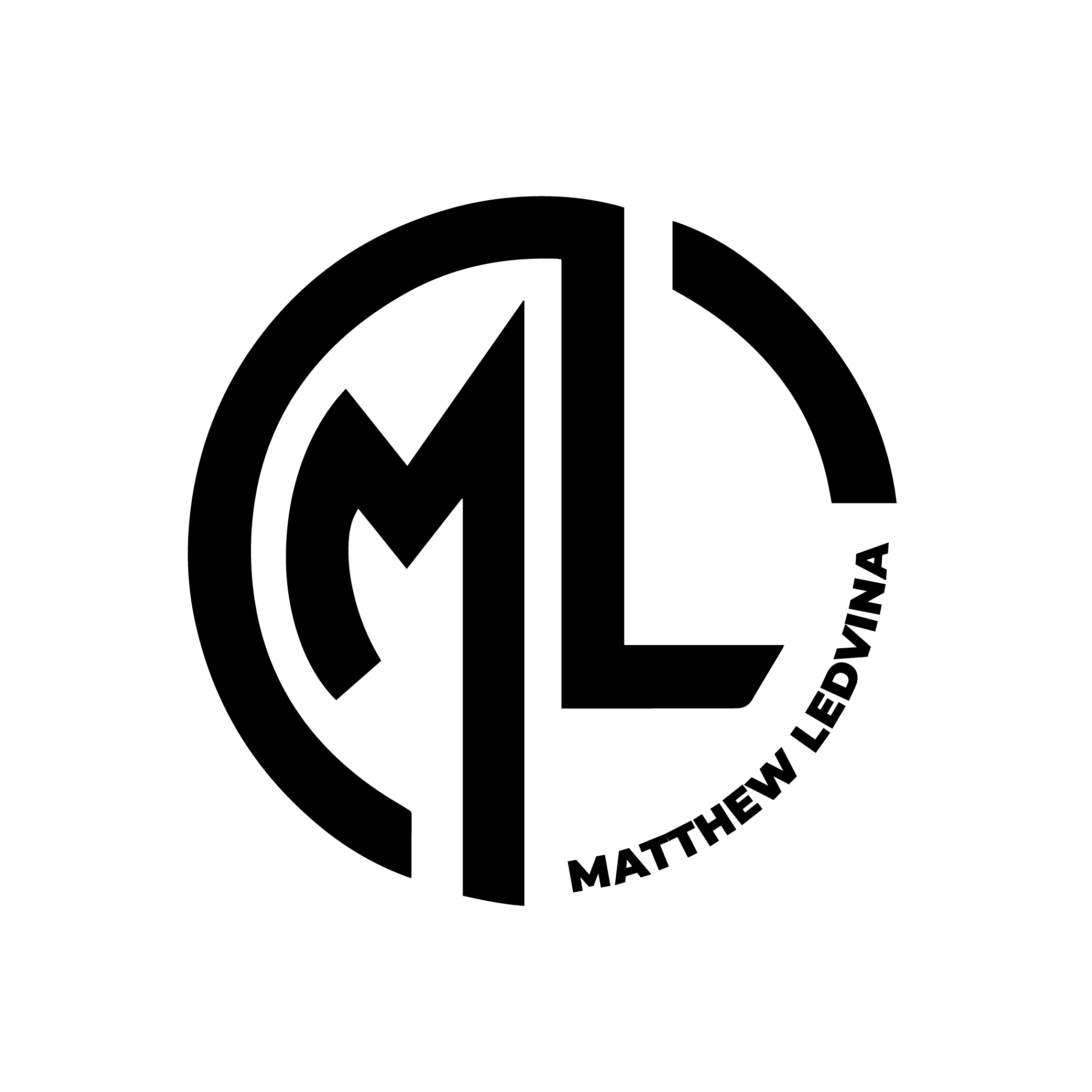Investing in art as an asset is highly illiquid, can be high-risk, is at the mercy of trends and changes in public opinion, is largely unregulated, and can attract high transaction costs. One positive factor for art investment that is becoming more popular in recent years, however, is the use of an art collection as collateral for borrowing.
Owners of expensive artworks can often access a cheap deal on a loan when using their art as security. The cash can then be channelled into high-yield investments, resulting in profits for the investor.
Matthew Ledvina has professional experience of working with clients who hold art as an asset, including borrowing against art, estate and tax planning, and transferring artworks into a trust.
You can learn more about investing in art as an asset in the PDF attachment to this post.
Auction Houses
Some major auction houses, including Christie’s and Sotheby’s, offer competitively priced loans to customers who are also buying or selling art with them. Sotheby’s finance segment rose in value dramatically between 2014 and 2015, with figures of $31.35 million pre-tax for the first nine months of 2015, compared to $21.8 million for the same period the previous year. Using the same time periods for comparison, the agency business at Sotheby’s, which is the more visible side of operations, experienced a small downturn from $66.8 million to $65.6 million. Sotheby’s works with a dedicated credit partner, GE Capital. However, there is plenty of competition in terms of art lending, so interested parties are not confined to working with major auction houses.
Banks
There are a few banks that offer loans secured on artworks, although these services are typically only available to ultra-high net worth clients with extremely valuable art collections, such as Steve Cohen, who possesses a collection of art with an estimated value in excess of $1 billion. Of course, most art collectors do not come close to this sort of figure, so other options may need to be explored. Those who are eligible for an art-backed loan from a bank, however, can expect to secure extremely low rates for that loan – perhaps between 2.5% and 3%.
Specialist Lenders
There are a variety of specialist lenders who can make loans using art as collateral. These lenders will generally be able to offer somewhere between 30% and 80% of the value of the asset, with different terms and requirements depending on the piece in question. The artwork may need to be surrendered to a secure facility for the duration of the loan terms to secure the lender against default.
In the UK, there are products called ‘chattel mortgages’, which are friendly to the lenders as they allow the art to be held in the lender’s possession as security. However, investors in the US may find that they can borrow against their artworks without having to surrender them during the loan period. More information about specialist lenders in the US can be seen in the infographic attachment.
US and UK Regulations
One of the reasons lenders in the UK take possession of the artwork during the loan term is that regulations in this country can make it difficult to enforce the terms of a defaulted loan with art as collateral against an individual. The United States has the Uniform Commercial Code, which enforce claims made against collateral such as artworks. Borrowers in the US can usually keep the art on their own wall while still borrowing against it.
You can find out more about the Uniform Commercial Code by watching the embedded short video.

